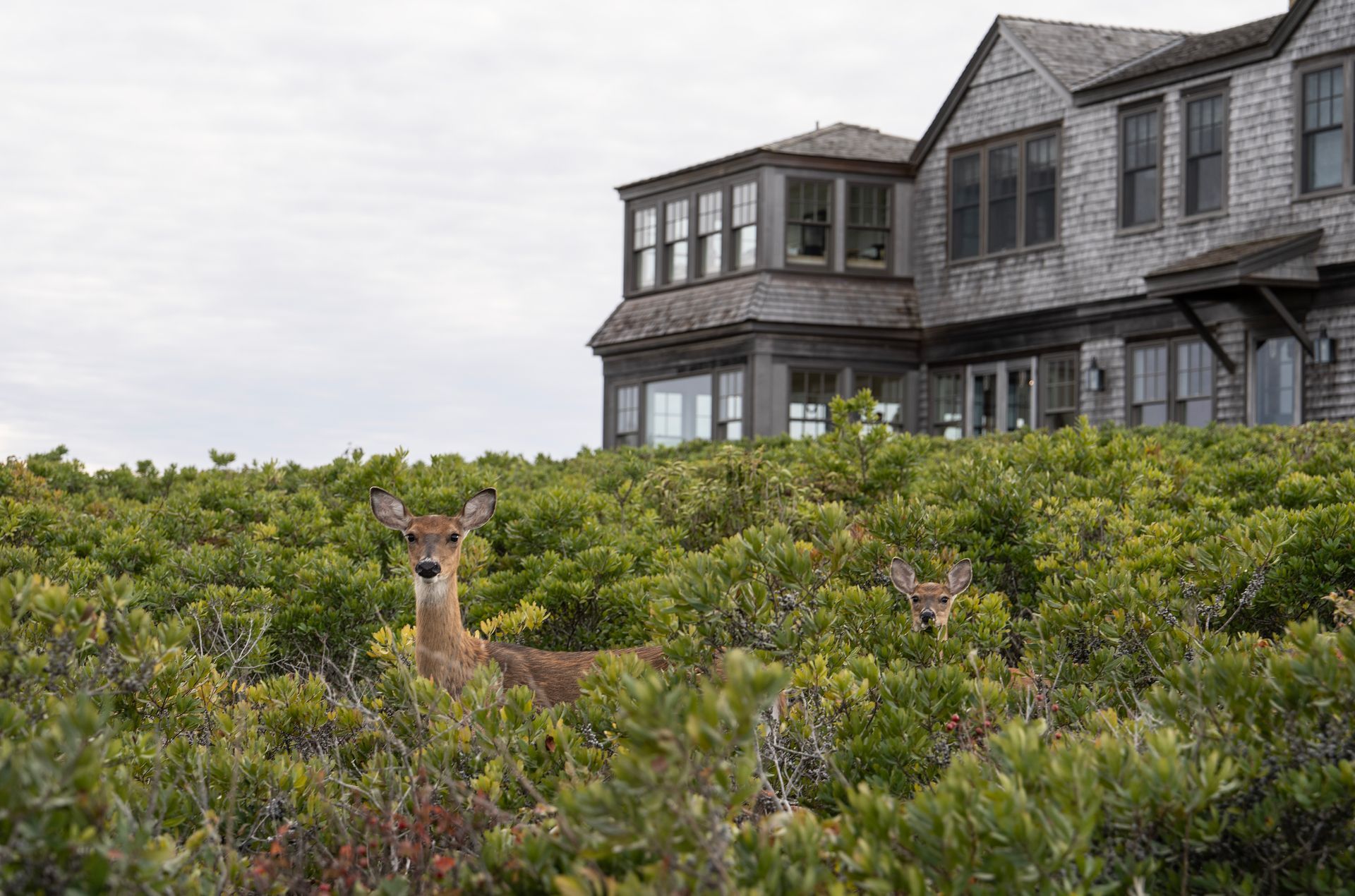RIG OVER TROUBLED WATERS
Investigating the potential impacts of offshore wind development on Nantucket.
story by Greta Feeney
Large-scale offshore wind development has been front and center in U.S. and global politics, yet on Nantucket—the locale that is essentially “ground zero” for the U.S. offshore wind energy “revolution”—there has been little recent public conversation since the high-profile failure of Cape Wind. Given the community’s propensity to have big opinions about even the smallest of issues—especially those involving historic preservation and conservation of the environment—this might seem surprising, especially in light of the enormous magnitude of the changes potentially facing those who live, work and stay here.
A recent publication by Mayflower Wind (now SouthCoast Wind)—the second offshore wind corporation to set its sights on federal lease waters adjacent to Nantucket Sound—features a new and more comprehensive set of simulated images created by the Bureau of Ocean Energy Management (BOEM), images that reveal the full visual impact of the six offshore wind developments currently planned for Nantucket’s waters. Pristine views from undeveloped southern beaches and elevated preservation land such as Sanford Farm are clearly impacted by what appears to be a glittering city of white skyscrapers stretching for miles across the horizon.
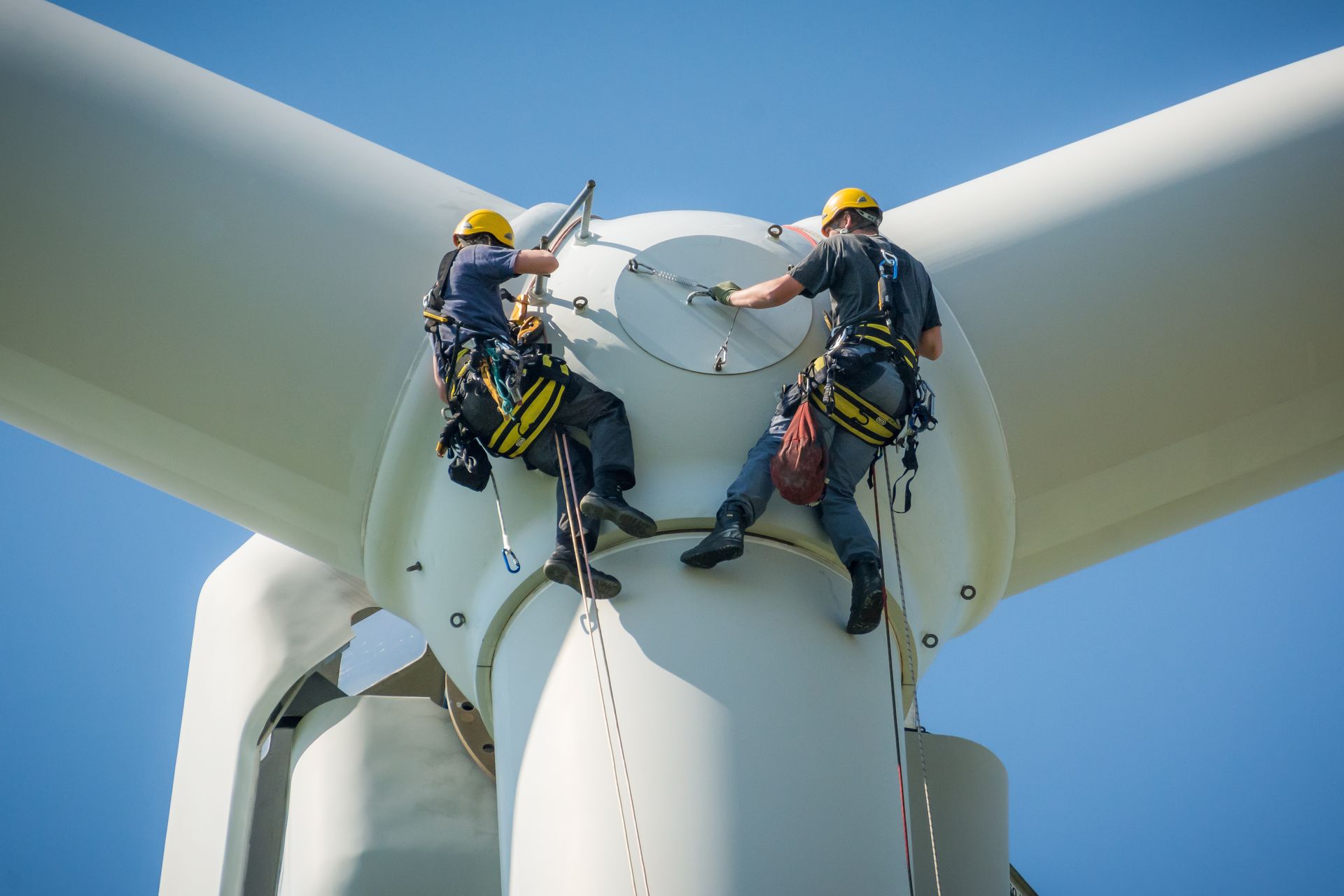
Simulated nighttime views of the water reveal a panorama of hazy electric light emitted from structures, each of which approach the height of the Eiffel Tower. Further visual simulations created by the federal government—now available on YouTube—demonstrate what the proposed experimental aircraft detection lighting system technology looks like as a plane flies overhead. Slow bursts of red-orange light followed by asymmetrical bursts of white flashing lights above the horizon will be visible for miles.
Having so vociferously fought the Cape Wind project, how exactly did Nantucket get to a point where a project of this magnitude appears to have sailed through without being presented at an annual town meeting, and what is the price for the loss of a pristine view-shed? With respect to compensation, the Town of Nantucket agreed to $16 million in “mitigation money” from Vineyard Wind, which was documented in a so-called Good Neighbor Agreement that binds local governance and preservation and conservation groups to a pro-wind agenda, leaving the community to fend for itself against the interests of the offshore wind industry and the federal government.
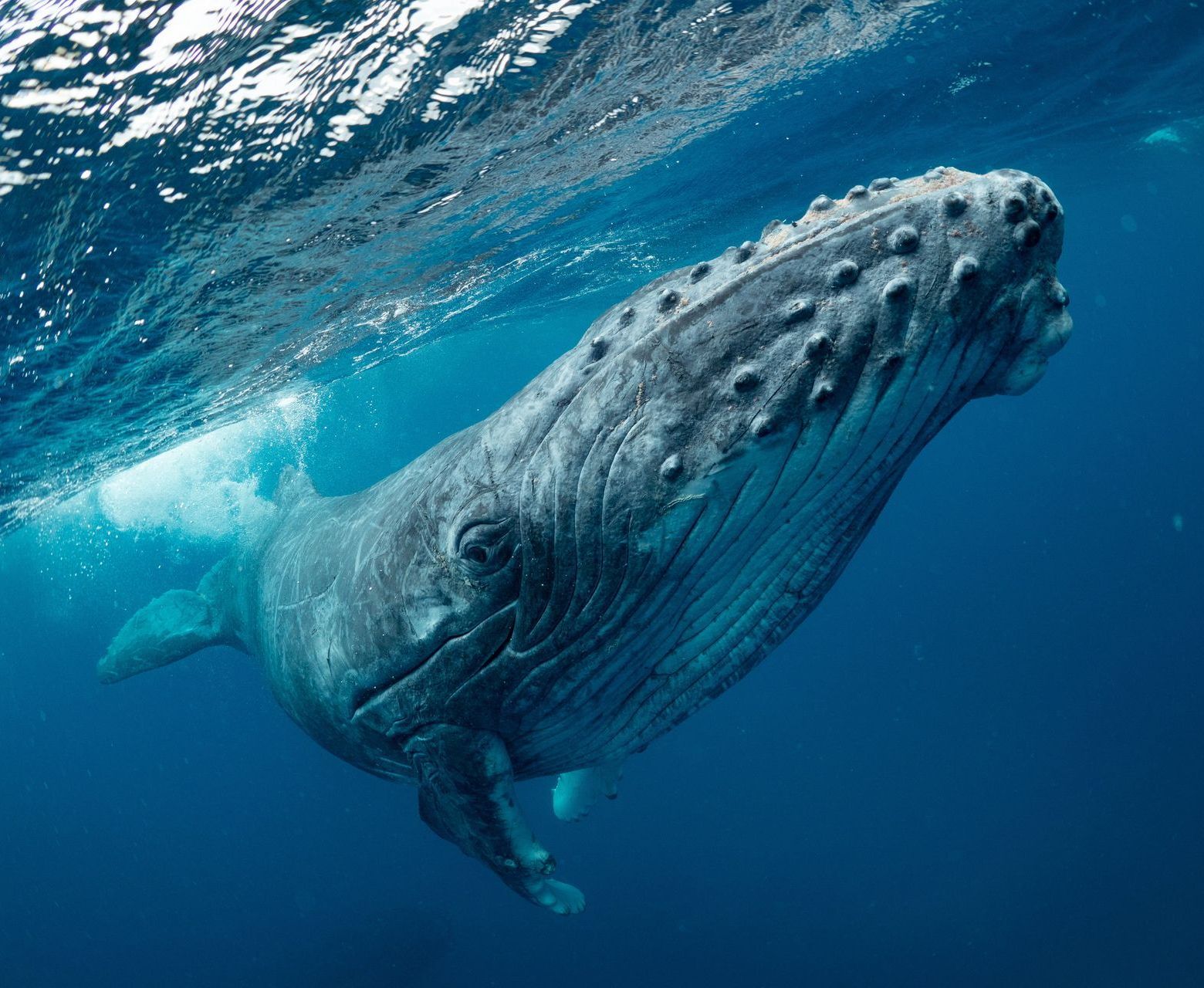
Environmental activist and member of Nantucket Residents Against Turbines Amy DiSibio thinks that the Good Neighbor Agreement does not adequately address the harm that Vineyard Wind I and other future offshore wind developments will likely have on the Nantucket community and the environment: “While we understand the construction of a very visible 1,600-square-mile power plant off our coast will jeopardize Nantucket’s status as one of the oldest and largest National Historic Landmarks, our organization is addressing the environmental risks of these projects and is specifically committed to defending the critically endangered North Atlantic right whale."
DiSibio also feels that Nantucket's protection under Section 110(f) of the National Historic Preservation Act, which mandates "federal agencies to require all possible planning to minimize harm to National Historic Landmarks" was not fully leveraged by the handful of individuals who, along with the Town's attorneys—Cultural Heritage Partners, LLC—conducted negotiations with little to no community engagement.
The potential environmental impacts of large-scale offshore wind development are largely unknown, and DiSibio and other environmental activists question how "green" the process of pile driving 1,080 structures, each equipped with a diesel engine, into the pristine waters of the North Atlantic Ocean can possibly be. In addition to its distinction as an impeccably preserved National Historic Landmark, Nantucket also plays an important role as a critical breeding and foraging habitat for the last remaining 340 North Atlantic right whales, and is an ecologically significant bird sanctuary.
There are those who also argue that wind energy poses significant hazards to birds and bats—conservative estimates place annual fatalities well into the millions—but some scientists claim that traditional energy sources are far worse. In 2009 (when there were significantly fewer onshore wind facilities in the U.S.) findings were published in the Energy Policy journal citing wind and nuclear power as responsible for between 0.3 and 0.4 bird and bat fatalities per gigawatt-hour (GWh) of electricity, while fossil-fuel power stations were responsible for about 5.2 fatalities per GWh.
Then there are the whales. As warming waters force them away from traditional breeding grounds in the Gulf of Maine and the tropics, their populations are increasingly reliant upon North Atlantic waters, in particular the sanctuary surrounding Nantucket, as a safe haven. In 2022 scientists from UMass Amherst published a study showing that climate-driven changes are causing increased habitat use by critically endangered North Atlantic right whales in Cape Cod Bay. With marine mammal populations caught between the Scylla and Charybdis of climate change and forced human interactions, an alarming spate of whale and dolphin deaths in New Jersey has recently caused a spike in opposition to offshore wind development.
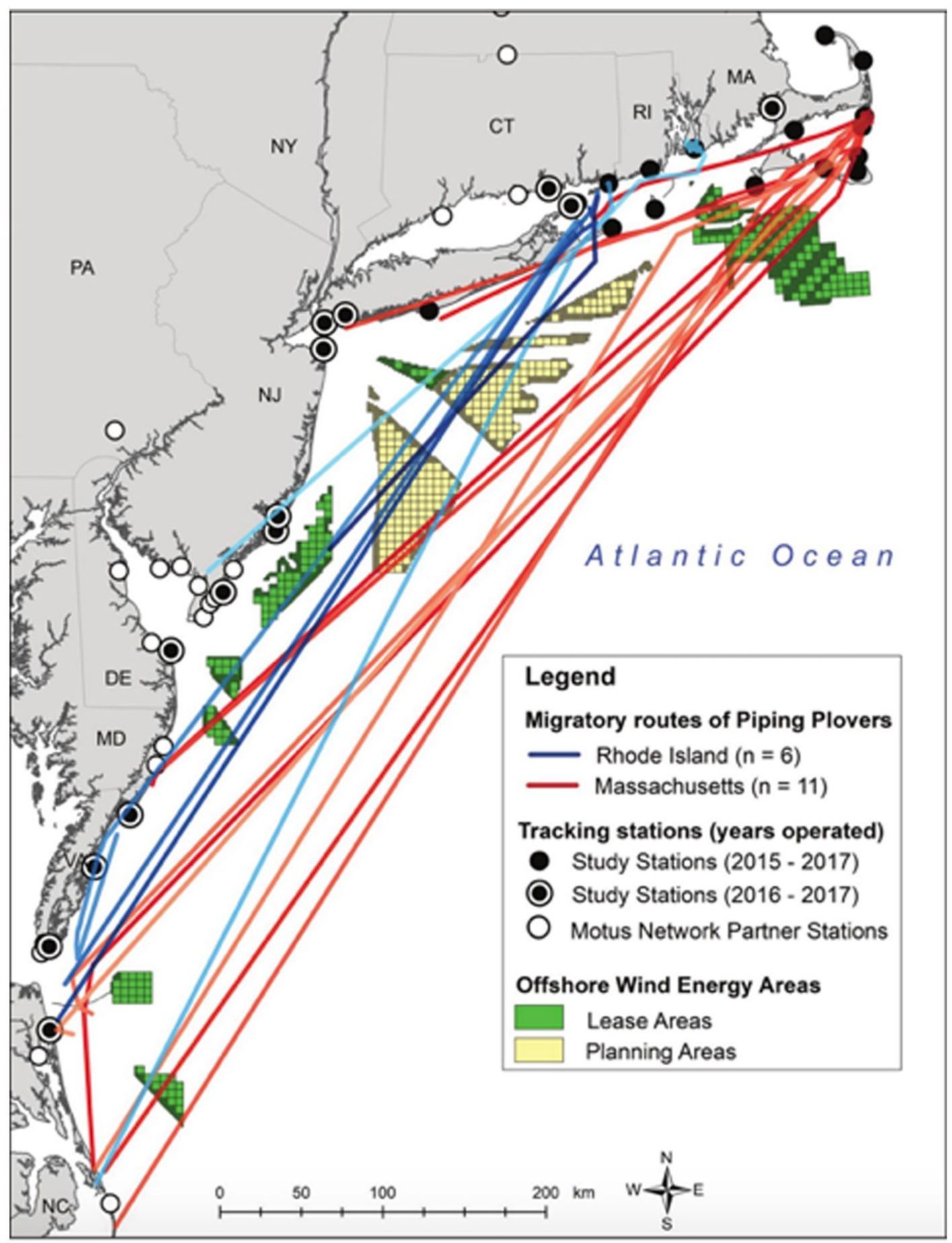
Despite public outcry citing offshore wind survey activities as suspect in what the National Ocean and Atmospheric Association (NOAA) refers to in a May 2022 memorandum as “ongoing unusual mortality events”—the deaths of ten dolphins and twenty-nine whales, including more than a dozen humpbacks and one right whale, in a span of three months—the New Jersey Department of Environmental Protection has stated that it “is aware of no credible evidence that offshore wind-related survey activities could cause whale mortality.” This argument was detailed within the thousand pages of research done by the Cape Wind project, which argued that fishing nets and boat strikes are the primary contributor to sea mammal mortality. Ørsted, the Danish company conducting survey work and soil sampling of the ocean floor in New Jersey, claims to not have experienced any marine mammal strikes during offshore survey activity in the U.S., and that the company's testing processes do not involve “sounds or actions that will disturb whales or any ocean mammals.”

Still, in March a congressional hearing was held on East Coast offshore wind industrialization after findings indicated that BOEM ignored the warnings of its own scientists last year when approving initial plans for SouthCoast Wind. The hearing echoed the concerns of a coalition of thirty New Jersey mayors, the National Congress of American Indians, Clean Ocean Action and Nantucket Residents Against Turbines—which is currently involved in a federal lawsuit against BOEM and other federal agencies. In the meantime, the Inflation Reduction Act’s energy investment tax credit now provides a 30 percent tax break for offshore wind projects that begin construction before January 1, 2026.

U.S. Representative Jeff Van Drew of New Jersey has pushed for more transparency from the federal government about the risks of offshore wind development. “A NOAA scientist sent out a warning almost a year ago sounding the alarms on the long-term impacts offshore wind could have on the endangered North Atlantic right whale, yet there have been zero changes made to the development process."
The aforementioned memorandum —obtained about six months after it was written by a Freedom of Information Act request—was sent to BOEM by Sean Hayes, chief of the protected species branch at NOAA’s Fisheries. Hayes proposed an immediate conservation buffer zone of about ten nautical miles (or about twenty kilometers) around the Nantucket shoals, a prime breeding and foraging area for the North Atlantic right whale, as well as a host of other at-risk and protected marine species. The proposed buffer appears to overlap with an eastern portion of the Massachusetts-Rhode Island wind energy area, affecting at least four leases, including those held by Vineyard Wind (owned by Copenhagen Infrastructures Partners and Avangrid Renewables LLC), currently in the early stages of construction off Madaket, and SouthCoast Wind (backed by Shell New Energies and Ocean Winds North America), which has plans for construction still in the review process.
At the February 8 Nantucket Select Board meeting, which had threadbare public attendance, representatives of SouthCoast Wind presented the developer’s latest plans to install another 149 turbines in Nantucket Sound. In New Jersey, however, where dead whales and dolphins have been regularly washing up on beaches relative to three new offshore development sites, more than four hundred concerned citizens packed the Wildwoods Convention Center at Wildwood Crest Beach and spilled out onto the boardwalk to hear testimony by a panel of scientific experts, environmental advocates and fishing industry representatives, as well as GOP lawmakers from three states, including Van Drew, who are calling for a moratorium on offshore wind projects.
“If offshore wind industrialization moves forward, it will be the most profound transformation of the Atlantic coast in the history of the United States of America,” Van Drew said in his opening statement. “Developers want to build thousands of Eiffel Tower-sized turbines that will line our horizons for decades. Despite the gravity of this undertaking, the Bureau of Ocean Energy Management has engaged in a rushed and sloppy project and a sloppy approval process.”
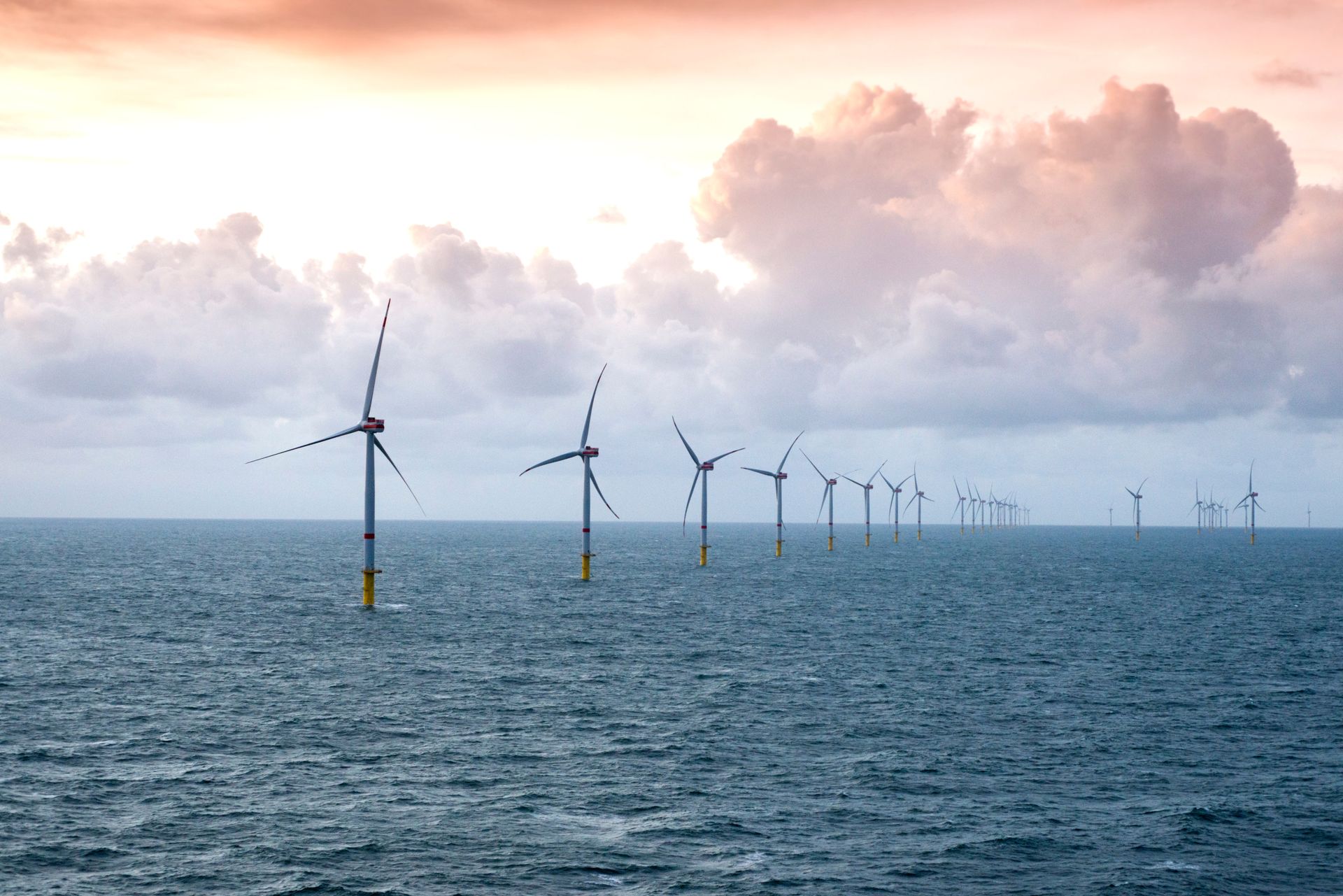
Nantucket may be ground zero for offshore wind industrialization, but the community seems to be oddly silent on an issue far more impactful than nude beaches and downtown restaurant signage. Once the 1,080 structures are erected, there will be no turning back, and while designed to produce clean energy, they could have myriad unintended consequences for the island. A recent Harvard study, for example, has raised the question as to whether the impact of cooling winds could be diminished by the massive blades on the towers, which could actually elevate ocean water temperature. Findings from the Harvard School of Engineering and Applied Sciences based on current U.S. wind energy installations showed that, by removing kinetic (wind) energy from the atmosphere, aggregate planned onshore and offshore wind facilities will likely have the cumulative effect of actually warming temperatures.The data, extrapolated, suggests that “it would take more than a century before wind’s warming impacts are offset by the climate benefits of reduced emissions.”
The case for and against the wind farms is hardly black and white. Both sides make compelling data-driven arguments as to the merits of their position and it is often difficult to sort out fact from hyperbole. But no matter on which side of the wind farm argument one sits, the question remains as to whether the solution to our clean energy dilemma carries with it costs that exceed the benefit. Many argue that we have no choice but to capitalize on every clean energy option and that Nantucket Sound is an ideal location. However, in the case of the 340 remaining right whales, if the wind farm developers are wrong, the consequences will be permanent. If indeed the wind farm is built and the concerns of the activists prove correct, we will have a great deal of time to look back at what was allowed to happen.






